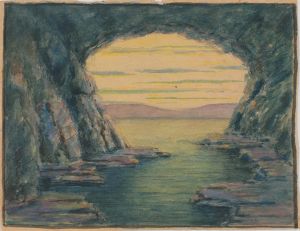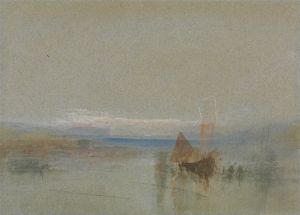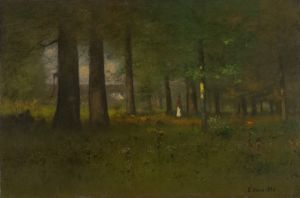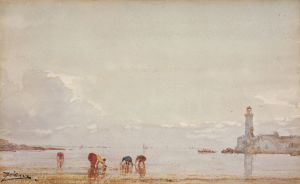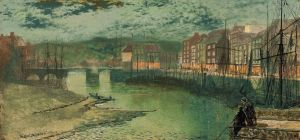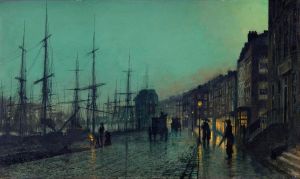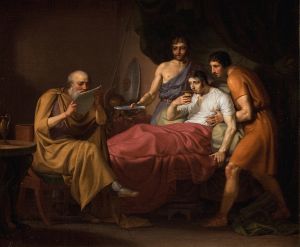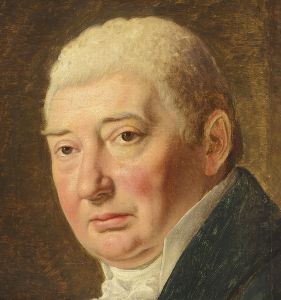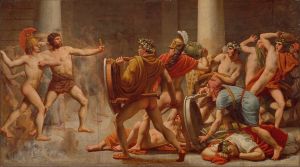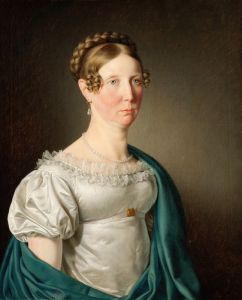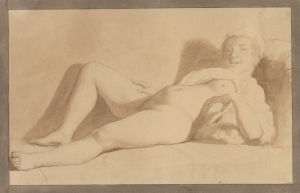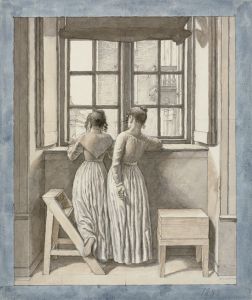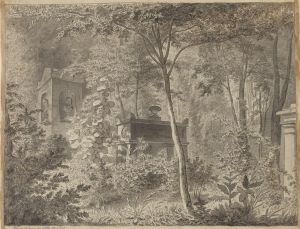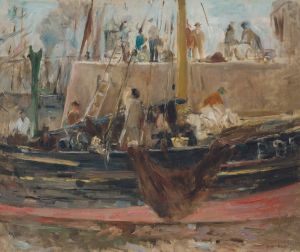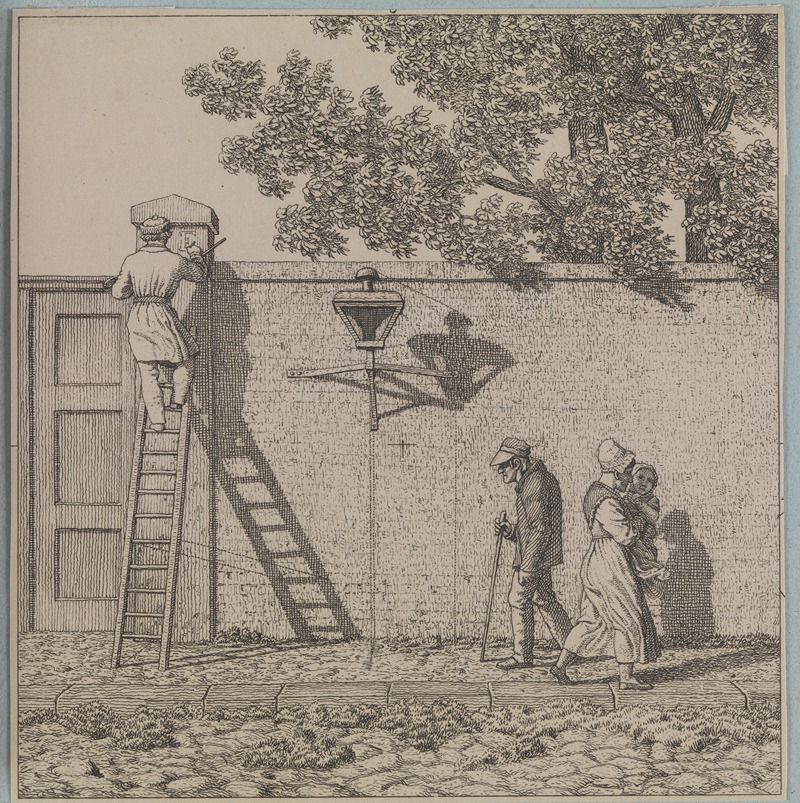
En havemur Illustration til Linearperspectiven , Tavle VI
A hand-painted replica of Christoffer Wilhelm Eckersberg’s masterpiece En havemur Illustration til Linearperspectiven , Tavle VI, meticulously crafted by professional artists to capture the true essence of the original. Each piece is created with museum-quality canvas and rare mineral pigments, carefully painted by experienced artists with delicate brushstrokes and rich, layered colors to perfectly recreate the texture of the original artwork. Unlike machine-printed reproductions, this hand-painted version brings the painting to life, infused with the artist’s emotions and skill in every stroke. Whether for personal collection or home decoration, it instantly elevates the artistic atmosphere of any space.
Christoffer Wilhelm Eckersberg, often referred to as the "father of Danish painting," was a pivotal figure in the development of Danish art in the 19th century. Born in 1783 in Blåkrog, Denmark, Eckersberg played a crucial role in shaping the Danish Golden Age of painting. His works are celebrated for their clarity, precision, and adherence to the principles of linear perspective, which he mastered and taught to a generation of Danish artists.
One of Eckersberg's notable contributions to art education was his focus on linear perspective, a technique that allows artists to create the illusion of depth and space on a flat surface. This technique was a fundamental aspect of his teaching at the Royal Danish Academy of Fine Arts, where he served as a professor from 1818 until his death in 1853. Eckersberg's dedication to perspective is exemplified in his series of instructional illustrations, which were used to educate his students on the principles of perspective drawing.
"En havemur Illustration til Linearperspectiven, Tavle VI" is one such illustration that demonstrates Eckersberg's expertise in linear perspective. The title translates to "A Garden Wall Illustration for Linear Perspective, Plate VI," indicating that it is part of a series of educational plates designed to teach the principles of perspective. These illustrations were likely intended as visual aids for his lectures and as reference material for students practicing the technique.
The illustration itself, while not as widely recognized as Eckersberg's paintings, is an important artifact in understanding his pedagogical approach. It exemplifies the meticulous attention to detail and the structured methodology that Eckersberg employed in his teachings. By breaking down complex scenes into simpler geometric forms, Eckersberg was able to convey the underlying principles of perspective to his students, enabling them to apply these techniques in their own work.
Eckersberg's influence extended beyond his immediate students, as his teachings laid the groundwork for the development of a distinctly Danish style of painting. His emphasis on realism, combined with a keen understanding of perspective, helped to elevate Danish art to international prominence during the 19th century. Artists such as Wilhelm Bendz, Christen Købke, and Martinus Rørbye, who were among his students, carried forward his legacy, contributing to the rich tapestry of the Danish Golden Age.
In summary, "En havemur Illustration til Linearperspectiven, Tavle VI" is a testament to Christoffer Wilhelm Eckersberg's dedication to the art of perspective and his influential role as an educator. While the illustration itself may not be as celebrated as his larger body of work, it represents a crucial aspect of his contribution to art education and the development of Danish painting. Through his teachings and illustrations, Eckersberg left an indelible mark on the art world, fostering a generation of artists who would continue to shape the course of Danish art for years to come.





